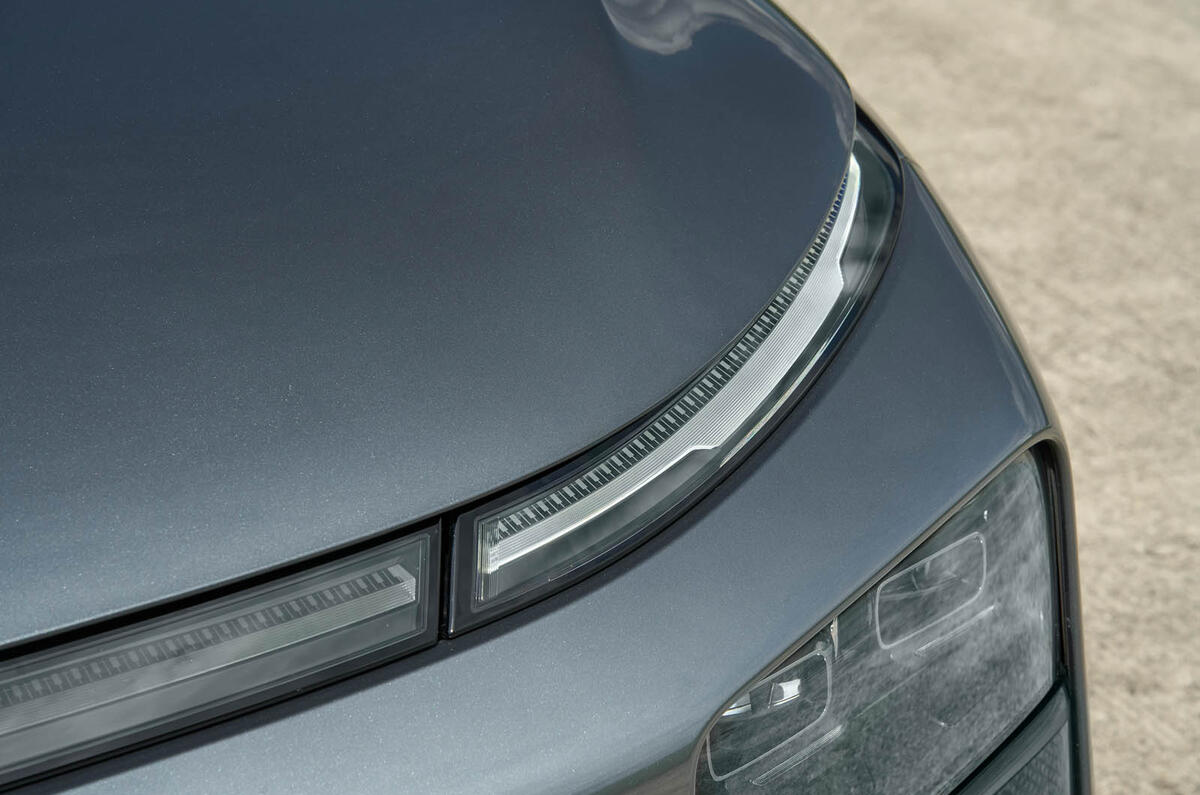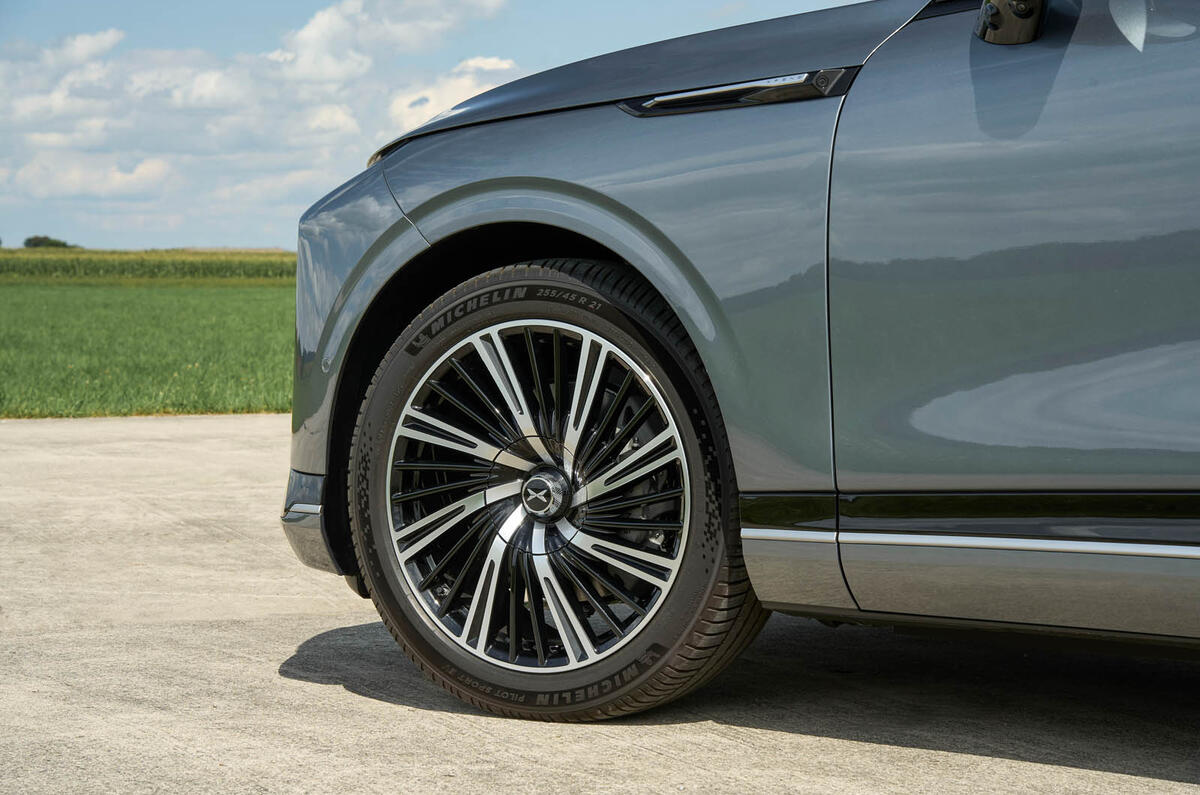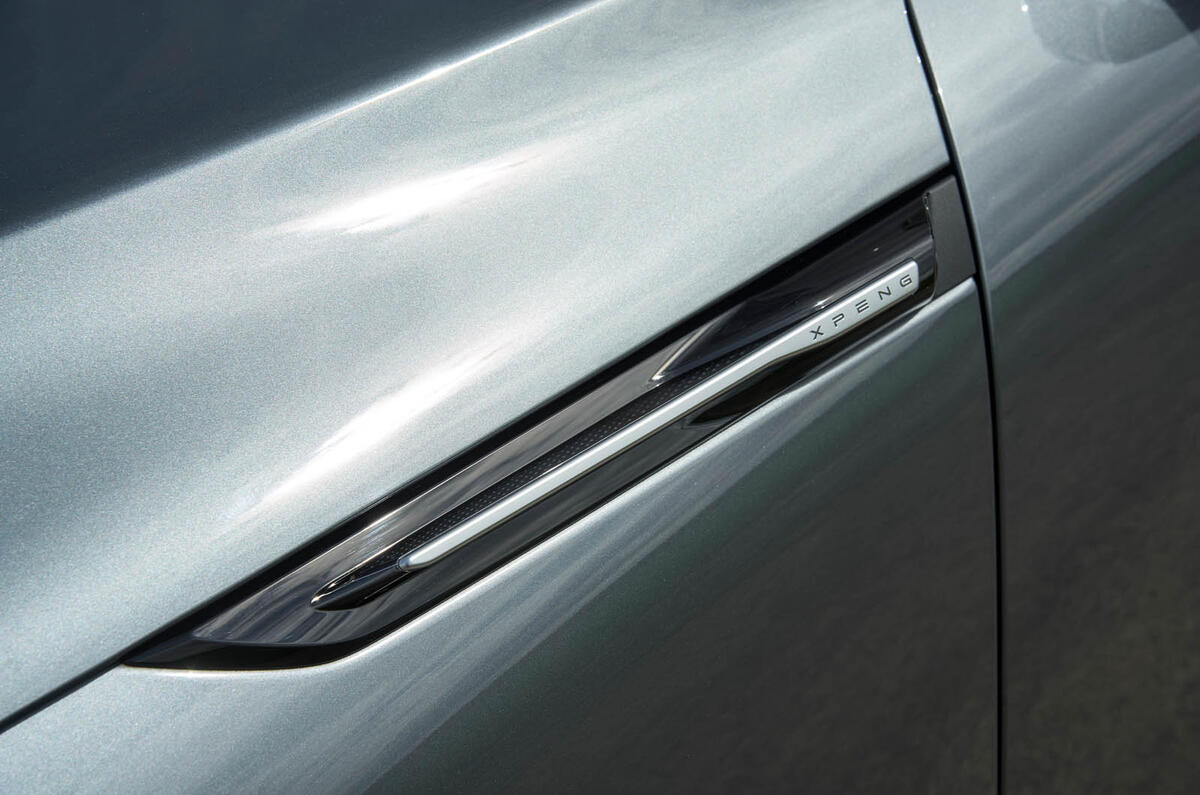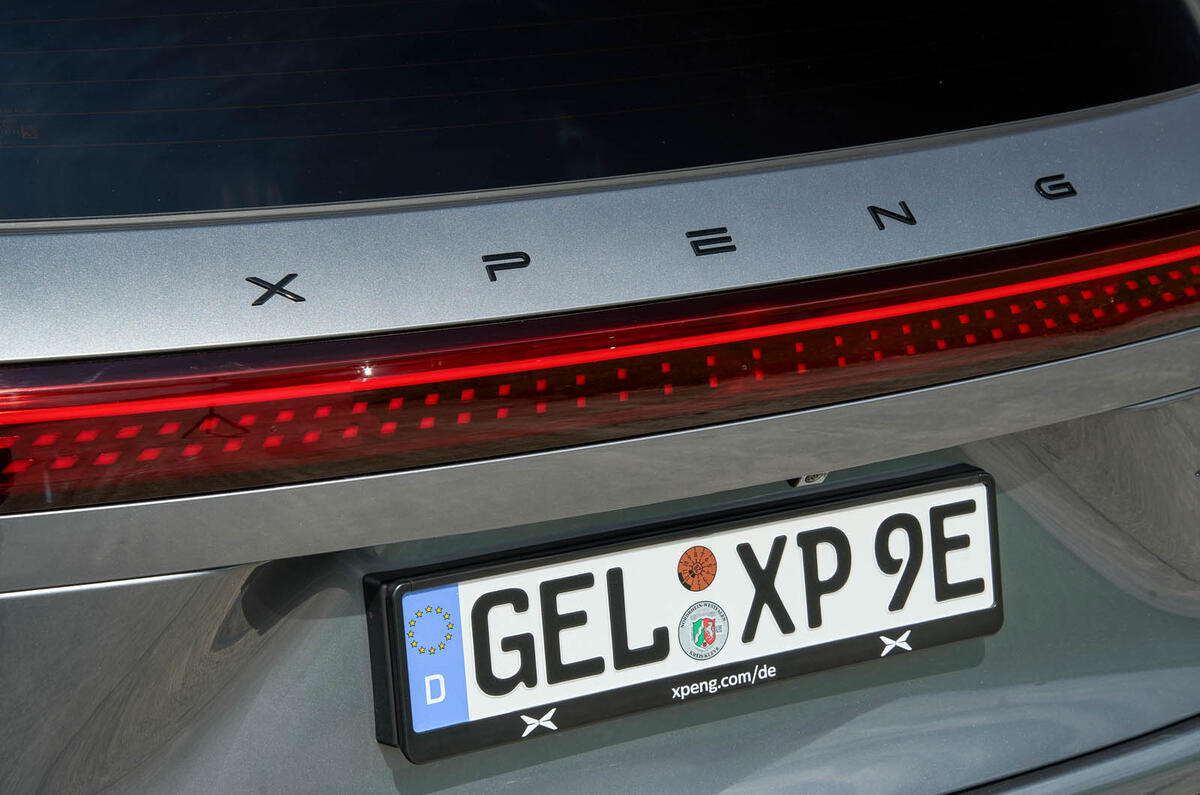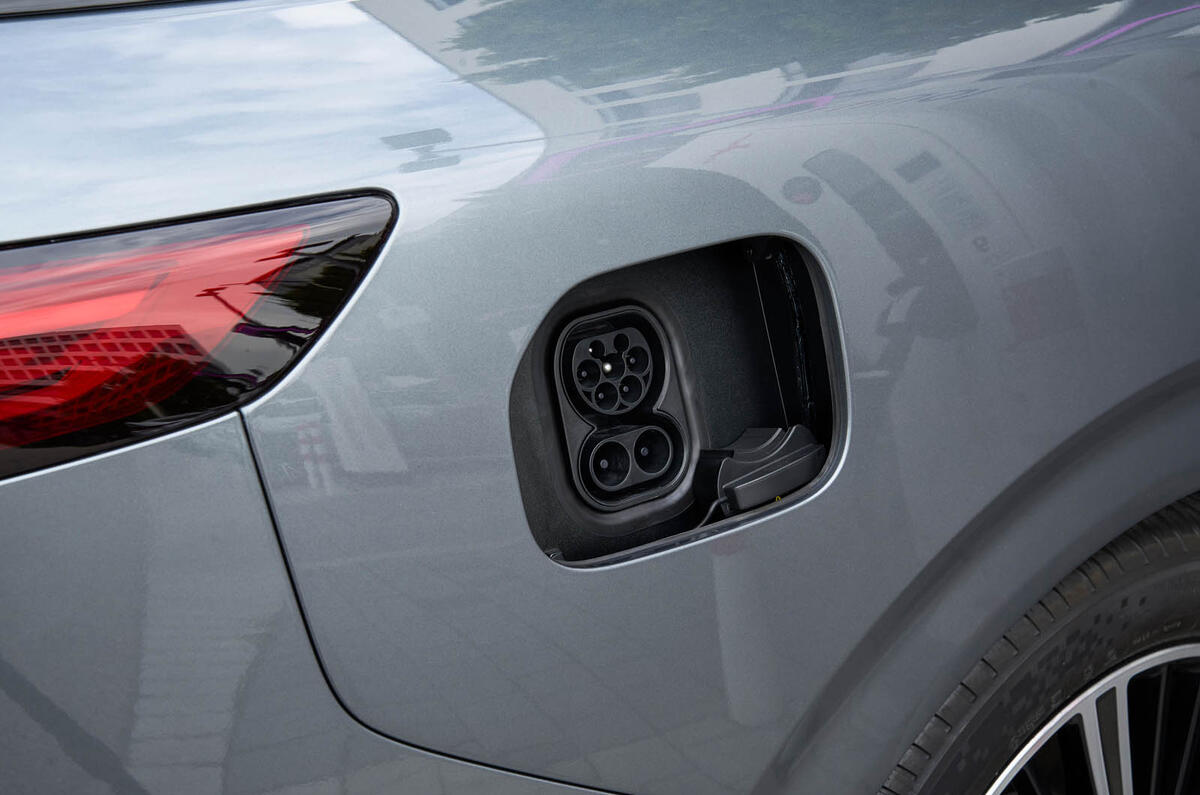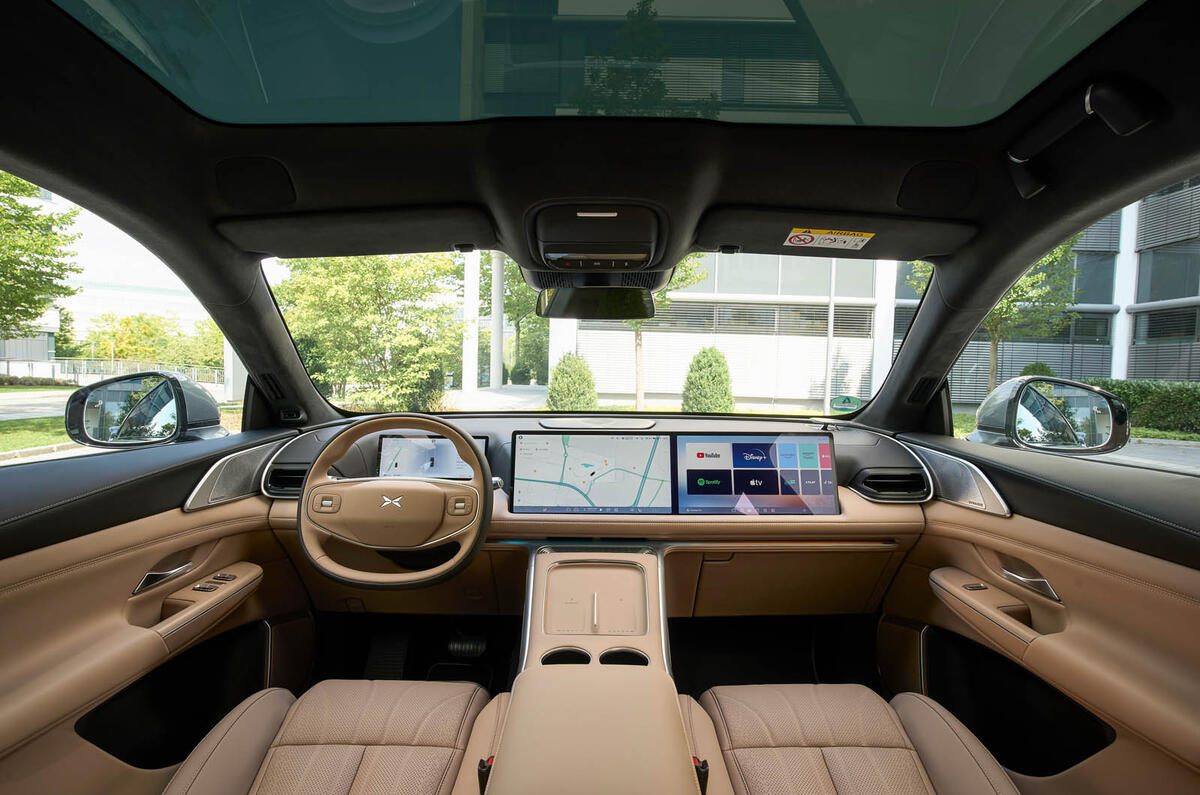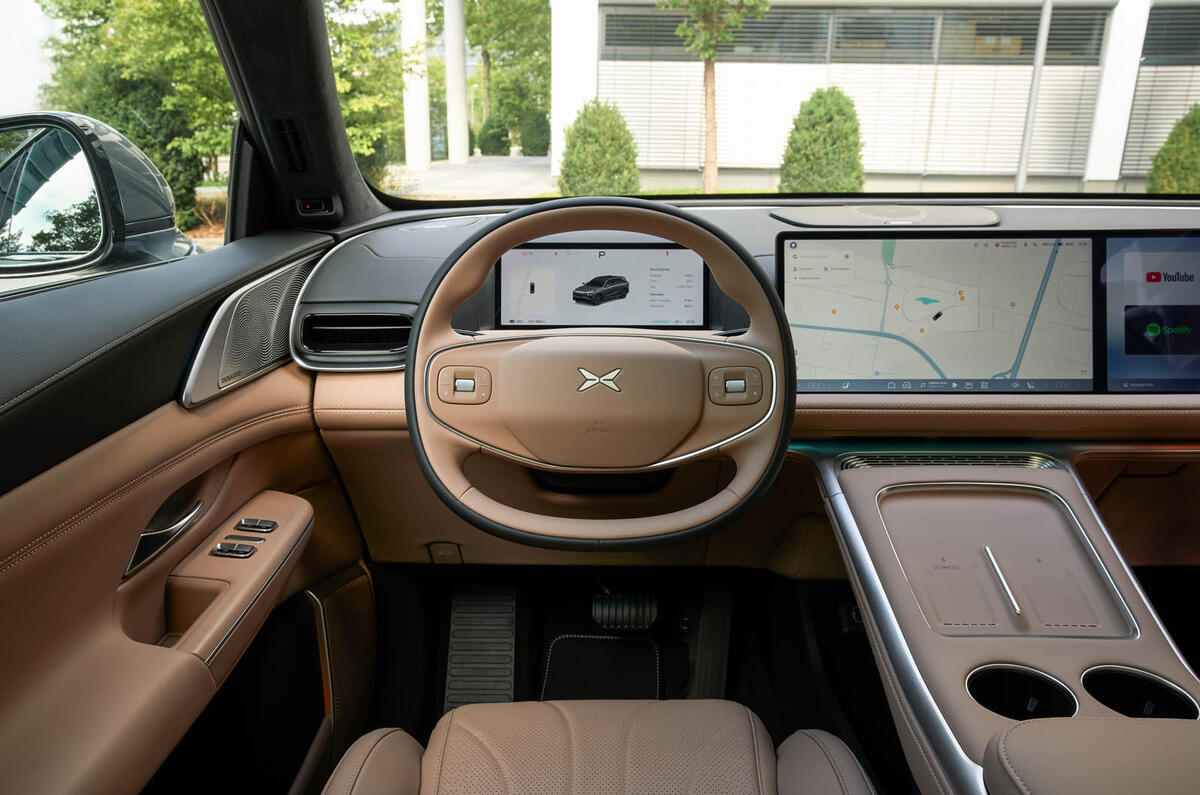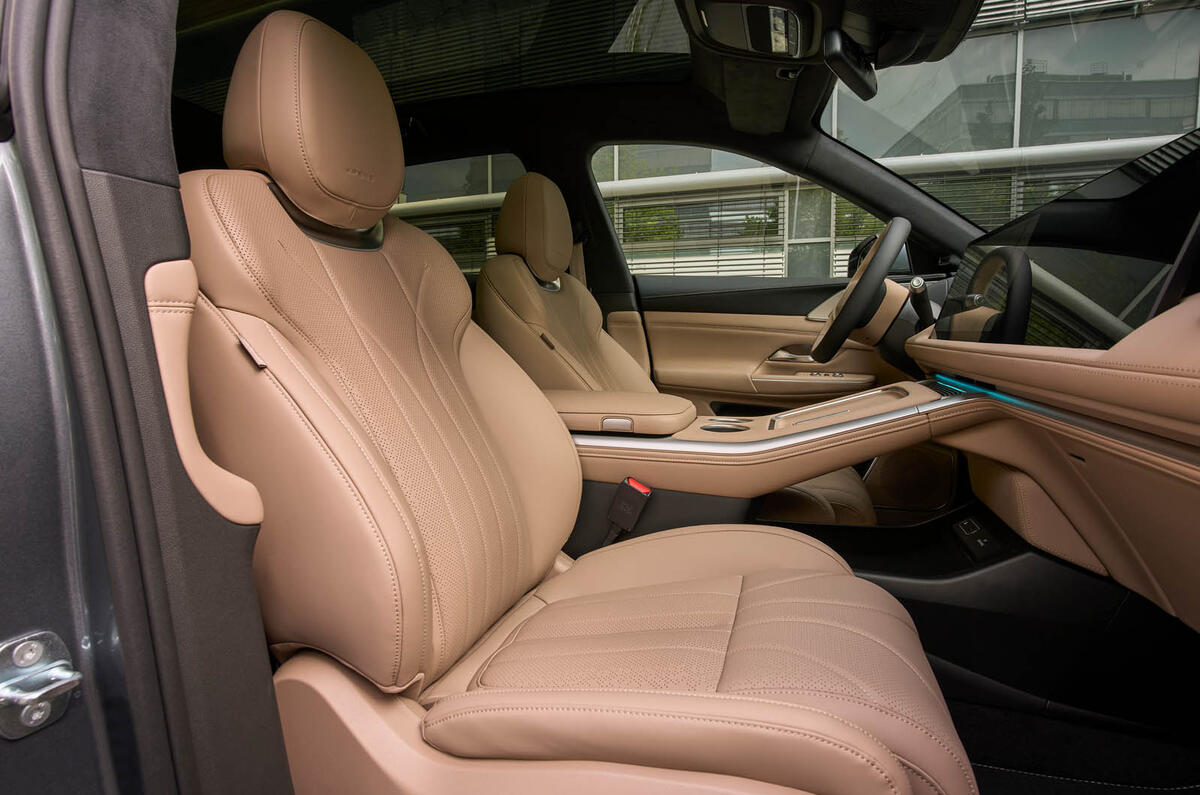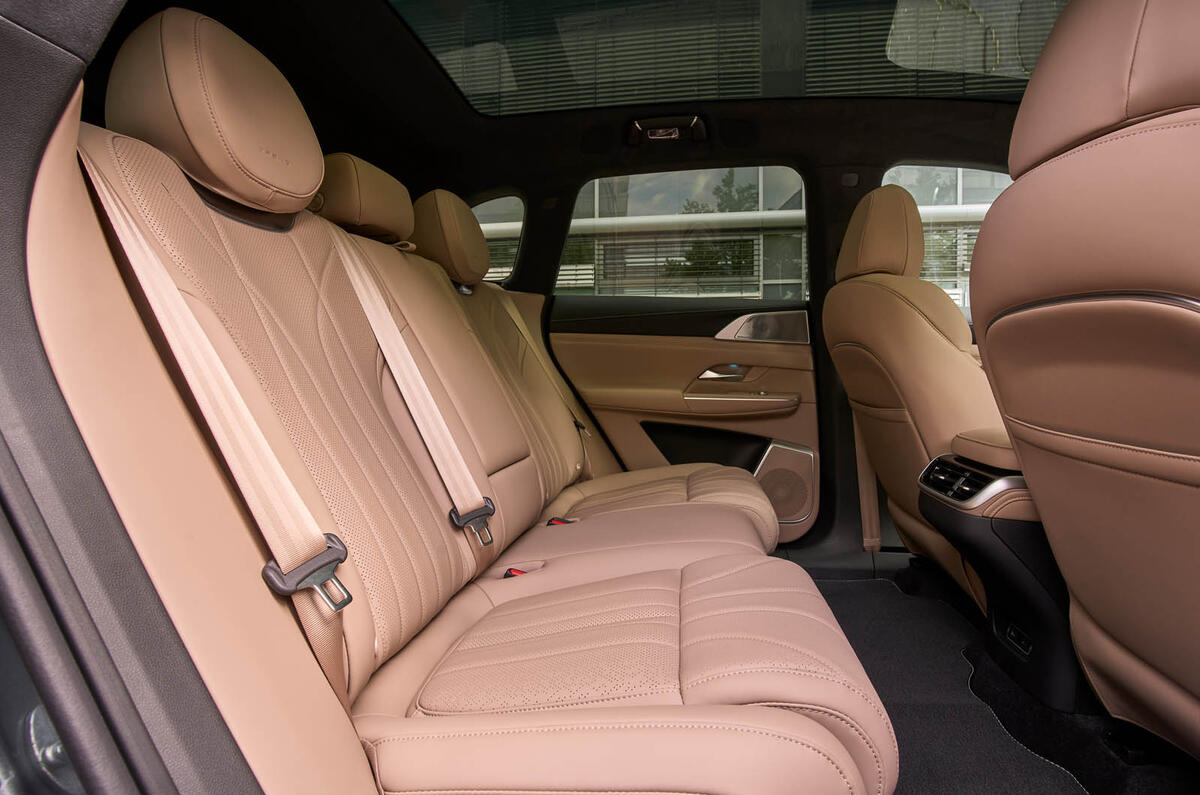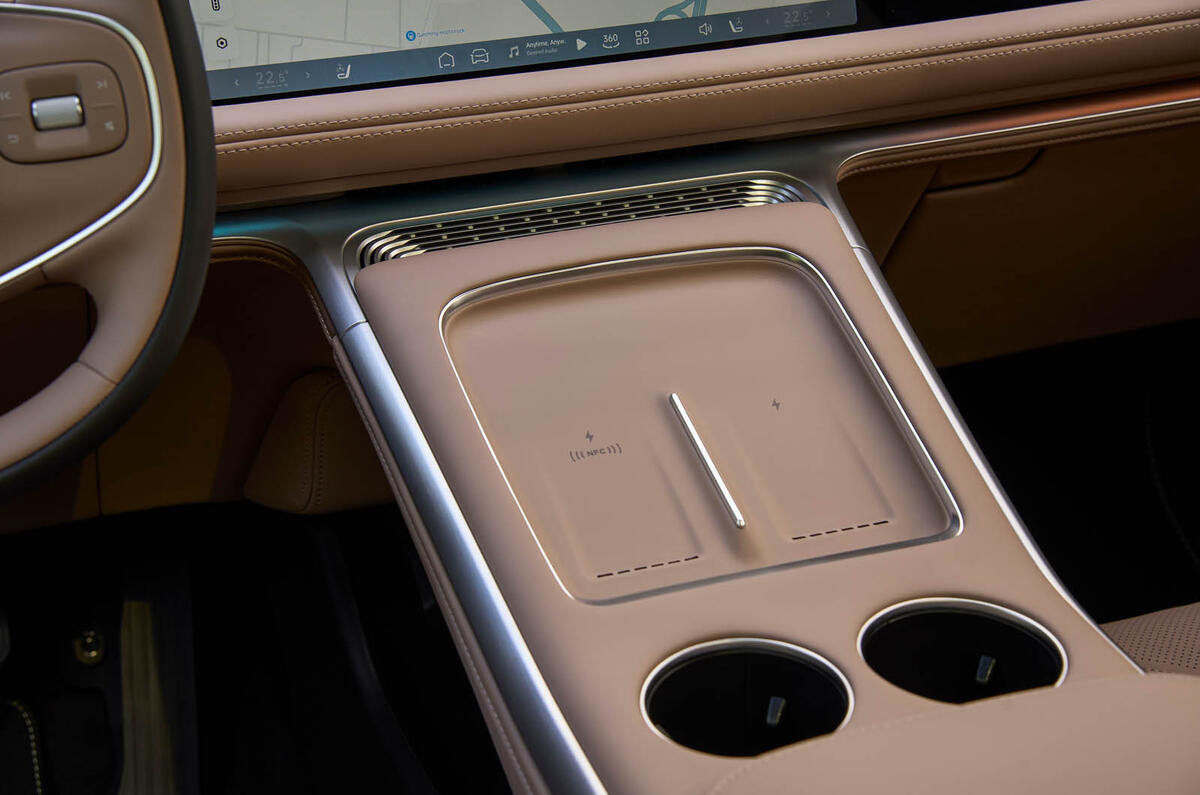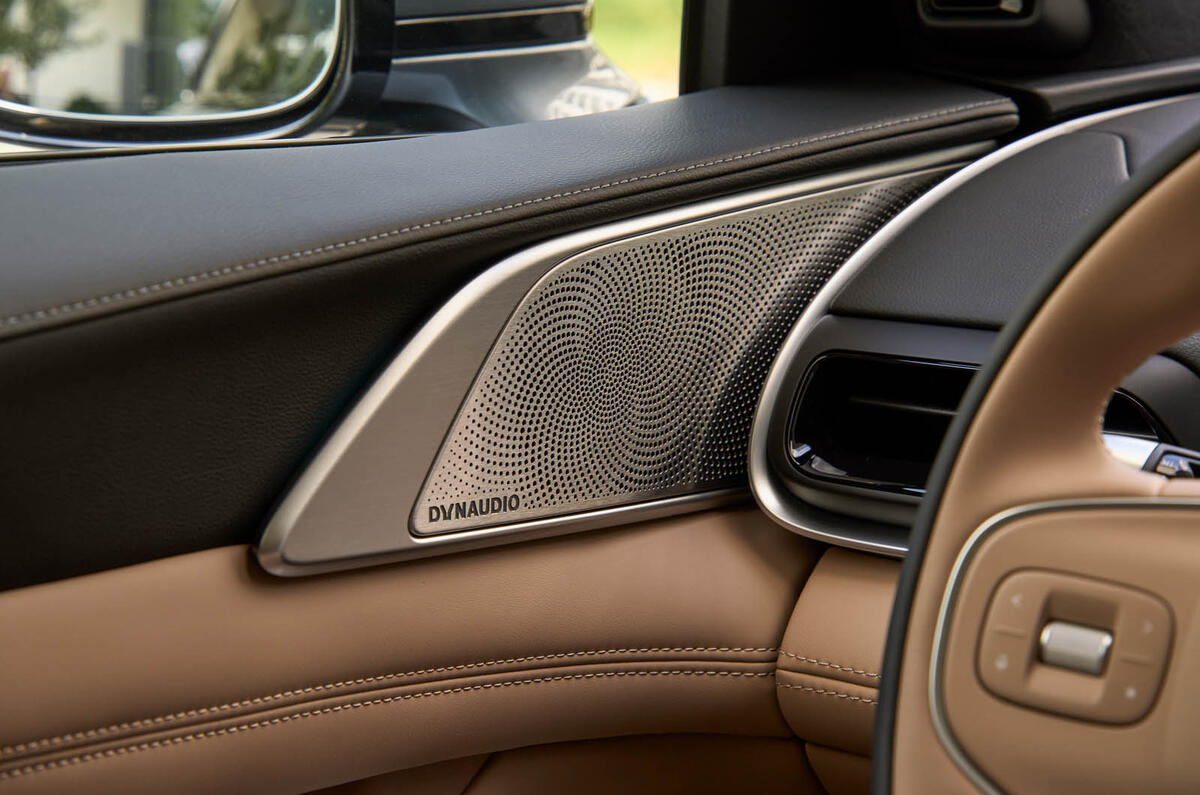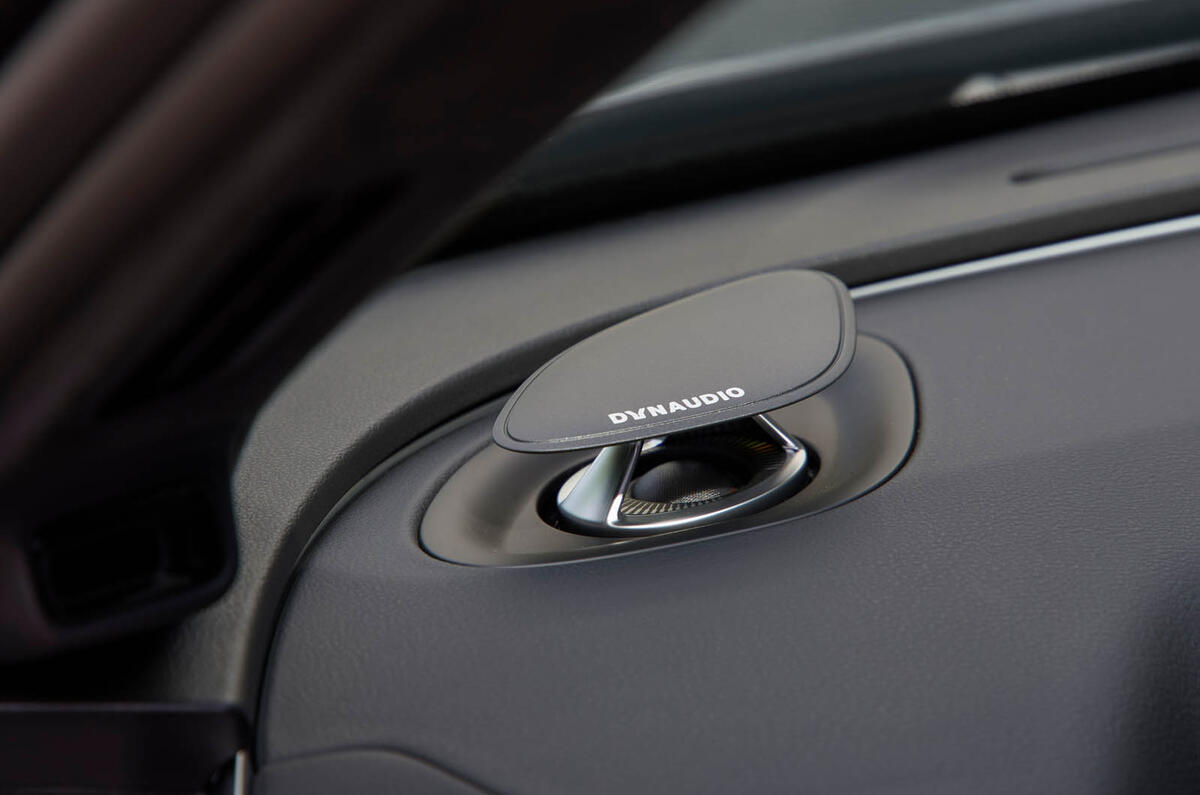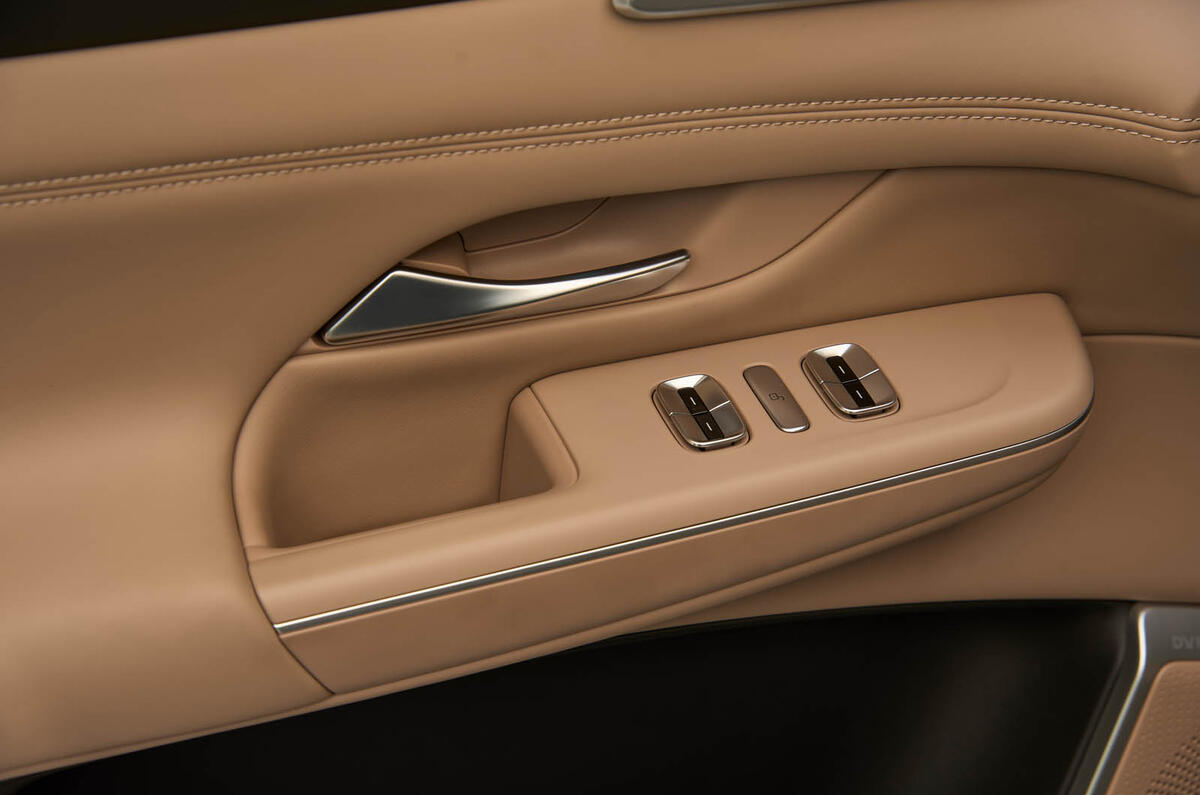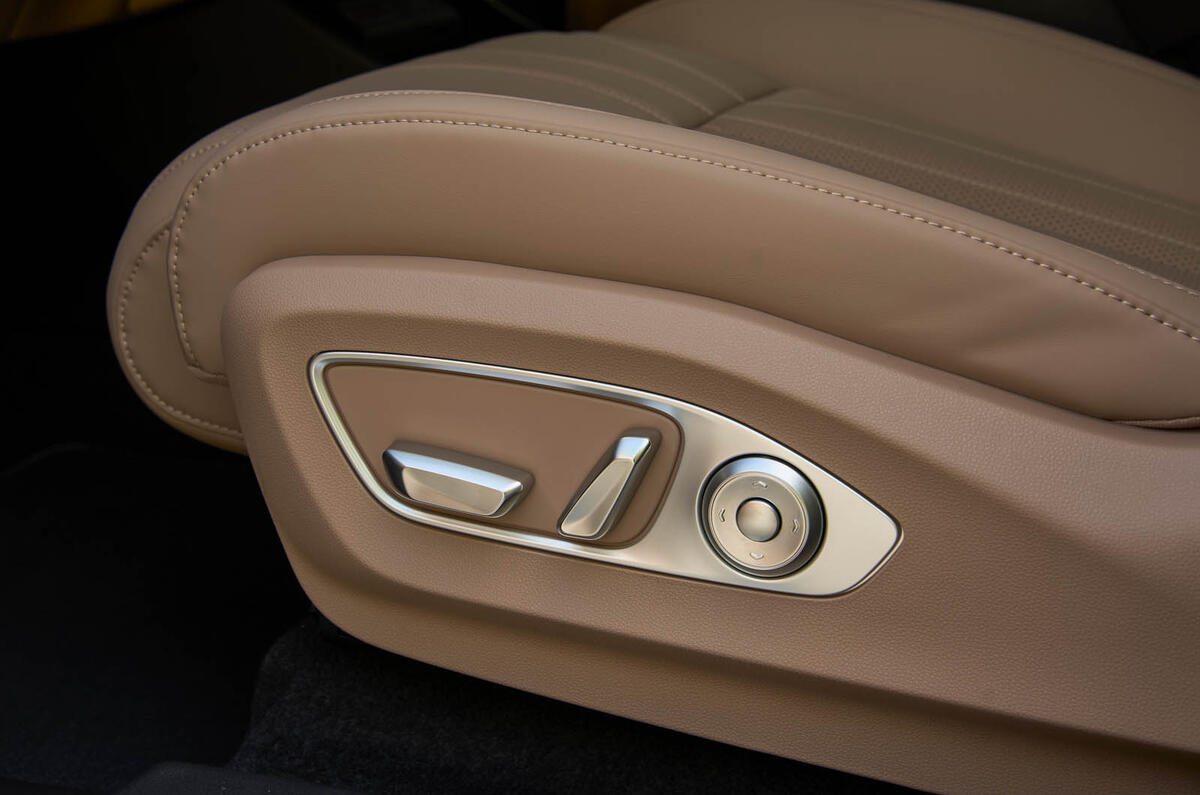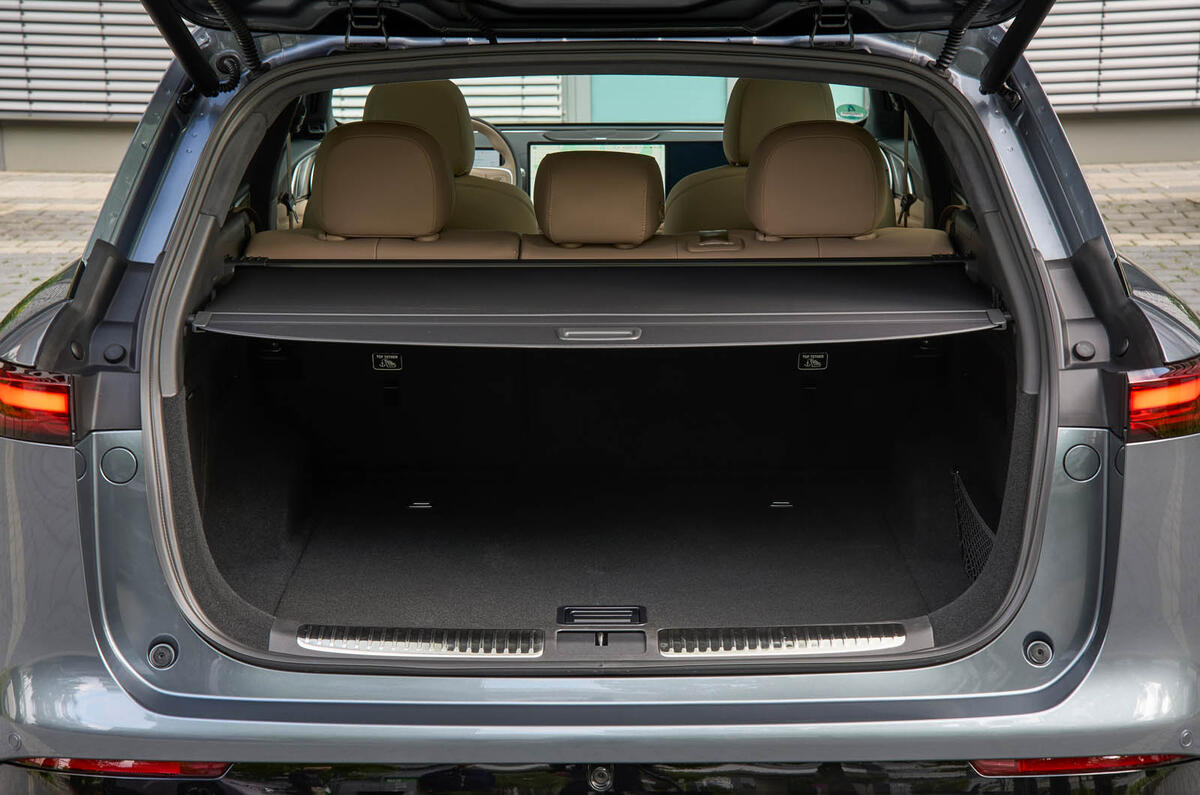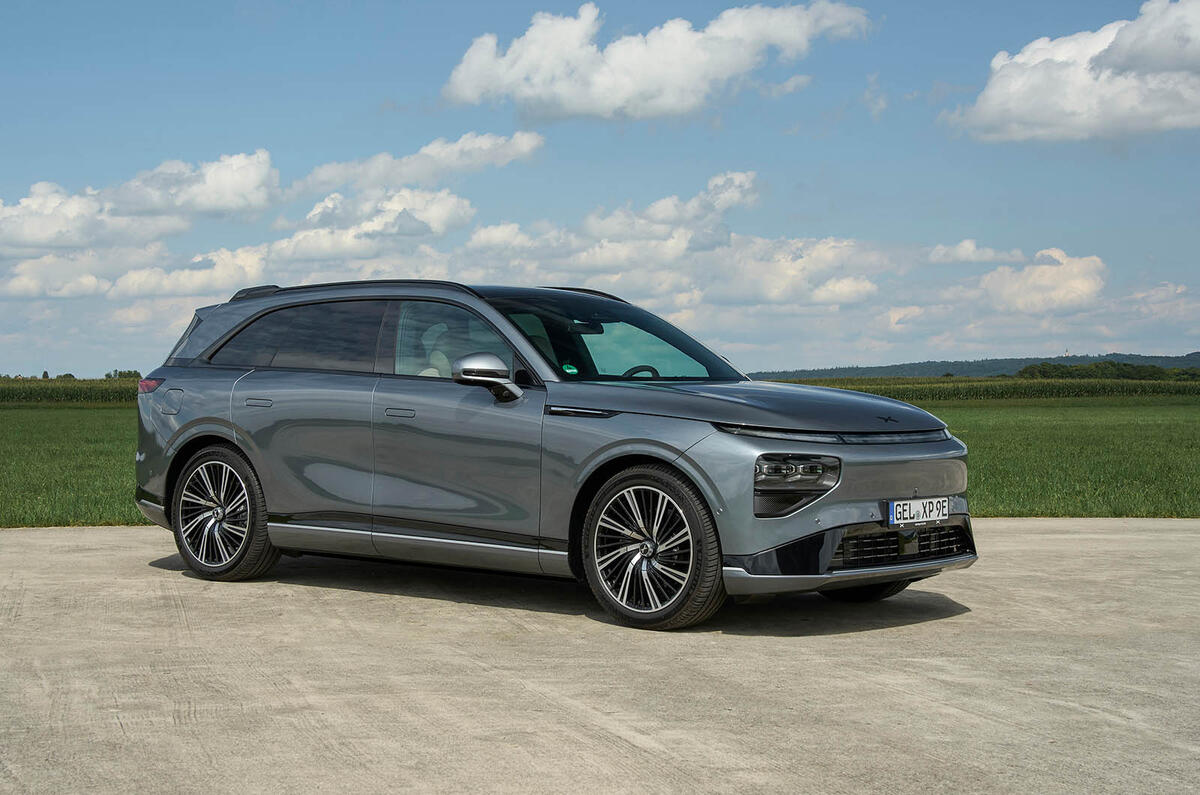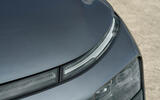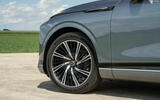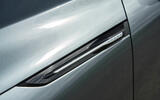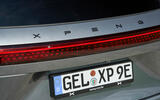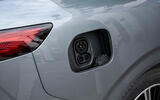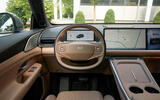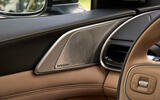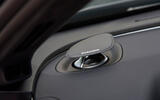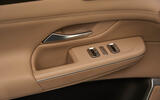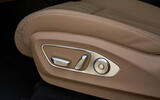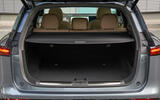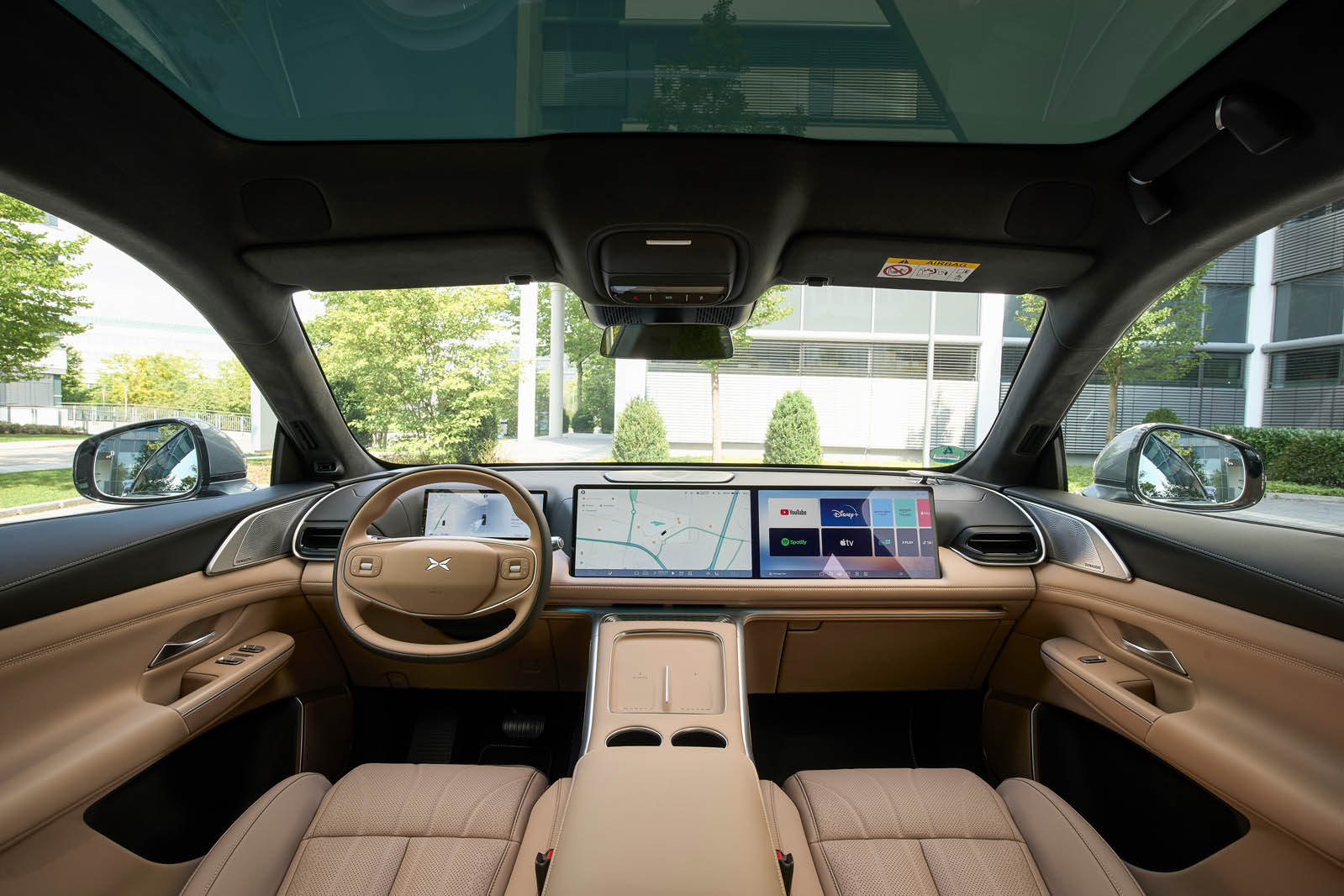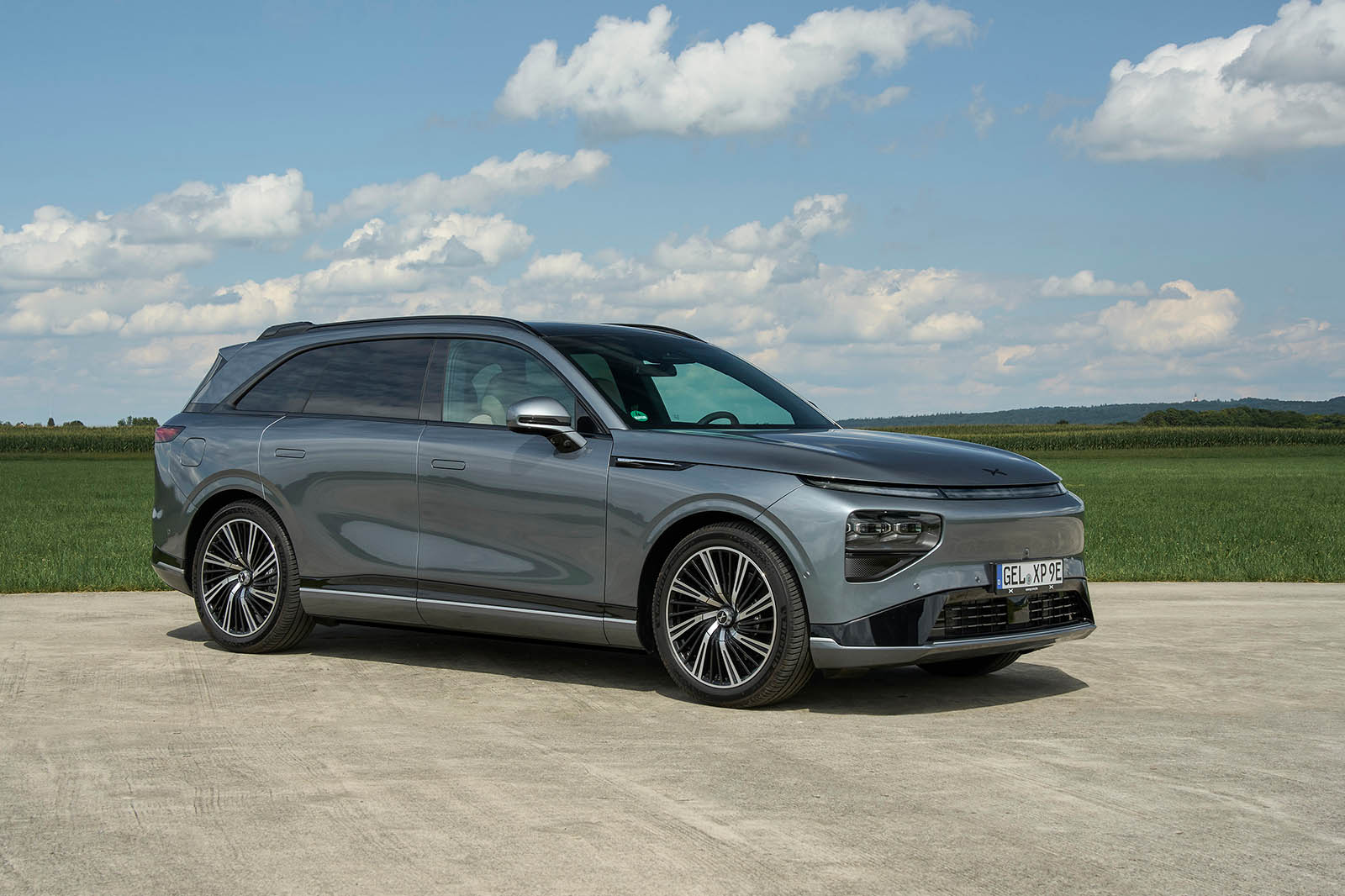The biggest question for most EV buyers when researching a new car is how far it can go between charges. The Xpeng G9 is hoping to get potential suitors to think differently: not how far it can go but how fast it can recharge.
The G9’s 336-mile WLTP range is pretty strong. But its charging speed of 525kW is industry-leading (and faster than any charger you will currently find in the UK).
A 10-80% fill up takes 12 minutes and the battery is mahoosive. But let’s not get ahead of ourselves. We’re already talking about charging speeds while many of you might still be thinking: ‘What on earth is an Xpeng?’
This Chinese car maker was founded in Guangzhou in 2014 by two former senior executives from GAC, and it has always billed itself as a tech company that makes vehicles. Its other business lines are robots and ‘flying vehicles’, and its shares are traded on the New York and Hong Kong stock exchanges.
Autocar first wrote about Xpeng in 2014 and it brought its first car, the Xpeng G6, to the UK earlier this year. It’s on track to bring us an extremely high-tech MPV, called the X9, sometime next year, along with this, the G9.
But perhaps not the exact G9 you see before you. It might be this one, or it may even be an updated version. Things really do move that quickly in China.


